Gist Settlement, Sardinia OH
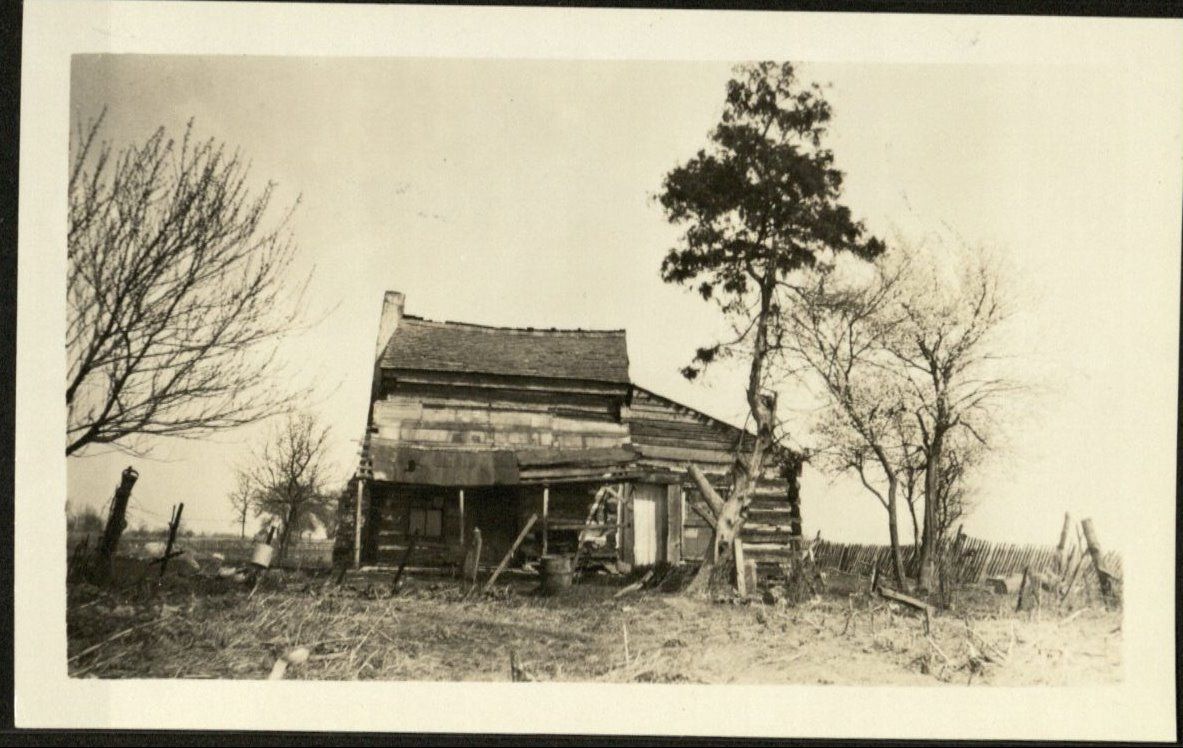
The next stop on the railroad would have most commonly been the Red Oak Presbyterian church just a few miles north of Rankin’s house or further north to some of Rankin’s friends in Sardinia Ohio. The Gist settlement in Sardinia is not as well documented, however, the potential depot provided a viable, interesting stop for fugitive slaves.[1]
Samuel Gist was a wealthy English and American slave owner in the 18th century. Gist was born in England, but lived his adult life on his land in Virginia until the American Revolution during which he fled back to England. In his will, Gist granted freedom, land, and continued education for his slaves upon his death which came in 1815. Gist had an estimated 500 slaves that were now given land purchased for them to form their own communities in Ohio and Virginia.[2]
“[Gist’s will provides that] at his death his 'slaves in Virginia shall be free.' That his lands shall be sold and com- fortable homes in a free State be purchased for them with the pro- ceeds. That the revenue from his plantations the last year of his life be applied in building school houses and churches for their accommodation. That all money coming to him in Virginia be set aside for the employment of ministers and teachers to instruct them. That 'care be taken to make them as comfortable and happy as possible.”[4]
These Gist settlements, as they came to be known, were unfortunately not too successful. The land that was purchased for them was in need of a great deal of cultivation before it could be used well. Severe undergrowth and the swampy water made creating a new settlement without the help of surrounding towns difficult[4]
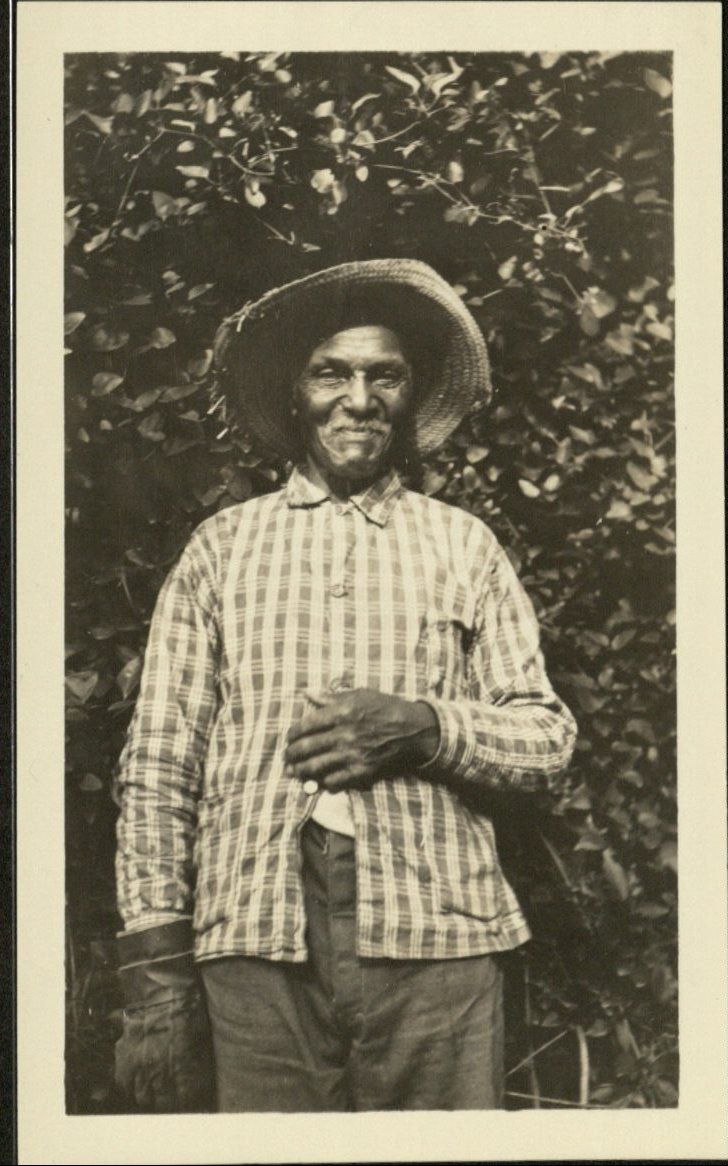
The Gist settlements are an example of Ohio’s complicated relationship with race. Free African Americans were permitted to live in Ohio without any incident of violence. At the same time, The habitants of the Gist settlements were isolated from the surrounding communities because of their race which would have been part of why the settlement did not flourish. Some Gist settlements survived up until the 20th century.[4]
The Gist settlement near Sardinia Ohio would have provided a welcome refuge for escaping slaves traveling along the underground railroad. Fugitives who came through Ripley would have been welcome in the Gist settlement, particularly since the residents at the settlement would have been slaves up until 1815. Free black men and women played a powerful role in the underground railroad, and this Gist settlement is another example of the freed helping those in bondage find their freedom.
Any number of creative solutions may have worked to transport slaves from a house in Ripley to the Gist settlement. Escaping slaves may have simply accompanied a white conductor who would protect them. They also may have hidden in the bottom of a wagon or used another innovative way to keep the runaway slaves out of sight. The caution taken likely would have depended on the situation, as some times were more difficult to evade the slave hunters than others would have been.
Most runaway slaves would never have experienced life without a master until their escape. Seeing the Gist settlements, populated with free black men and women, must have been powerful for these fugitives. The Gist settlements, while not prosperous were a sign that things could be different and that there was hope for freedom for Black Americans.
Images
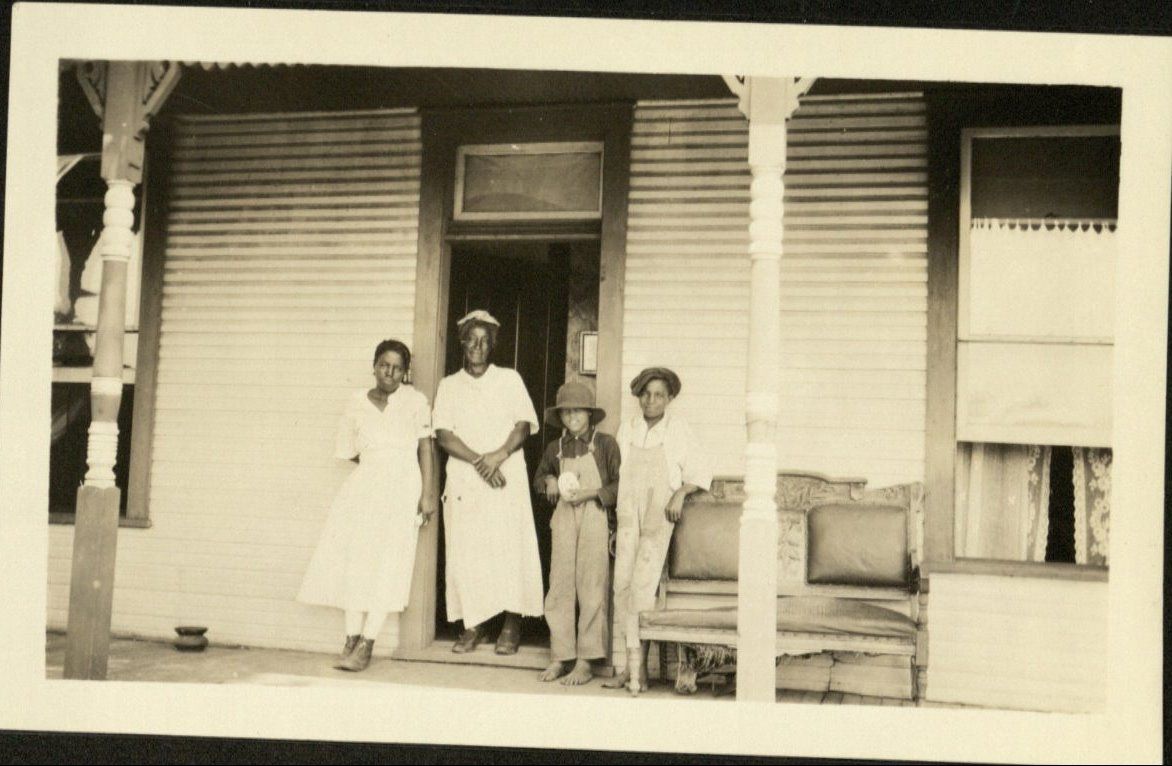
.jpg)
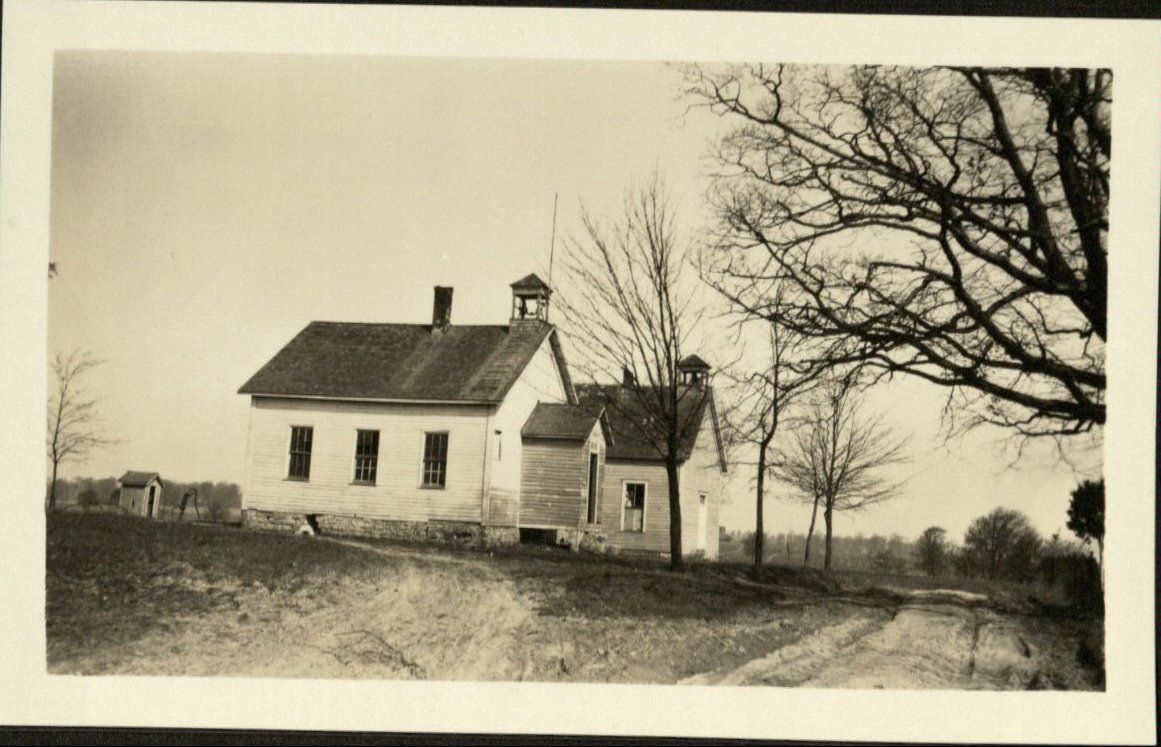
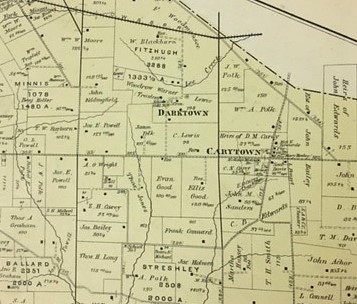
.jpg)
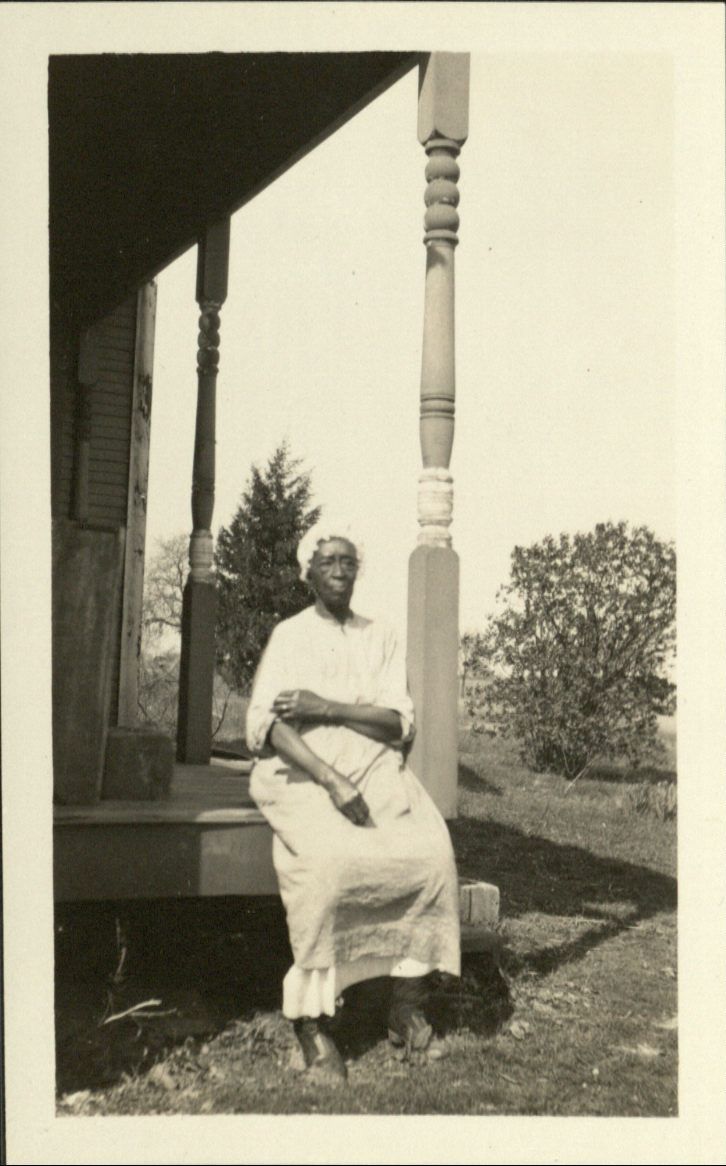
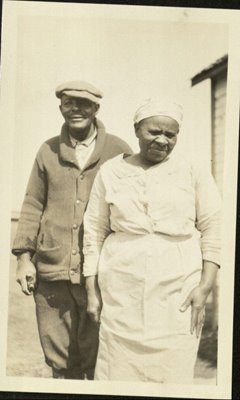
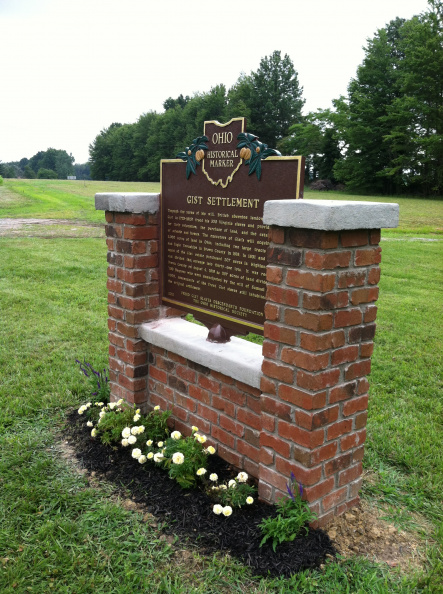
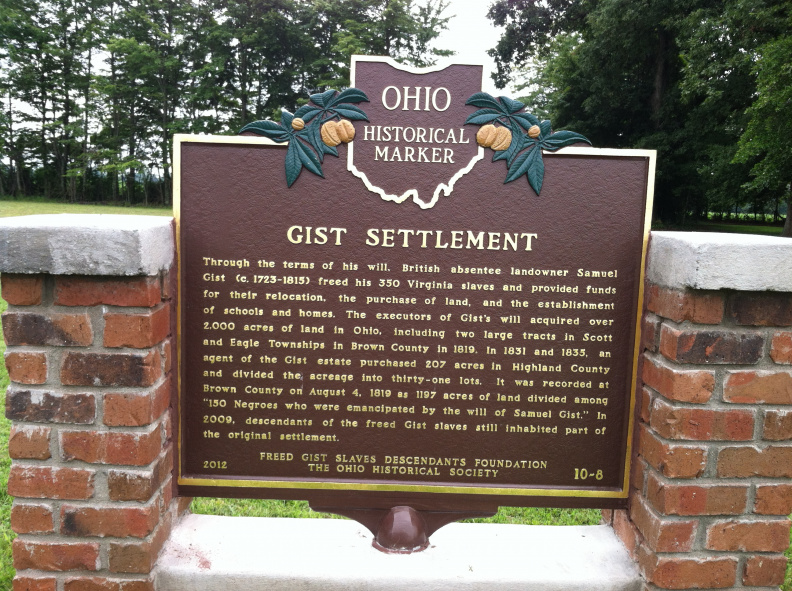
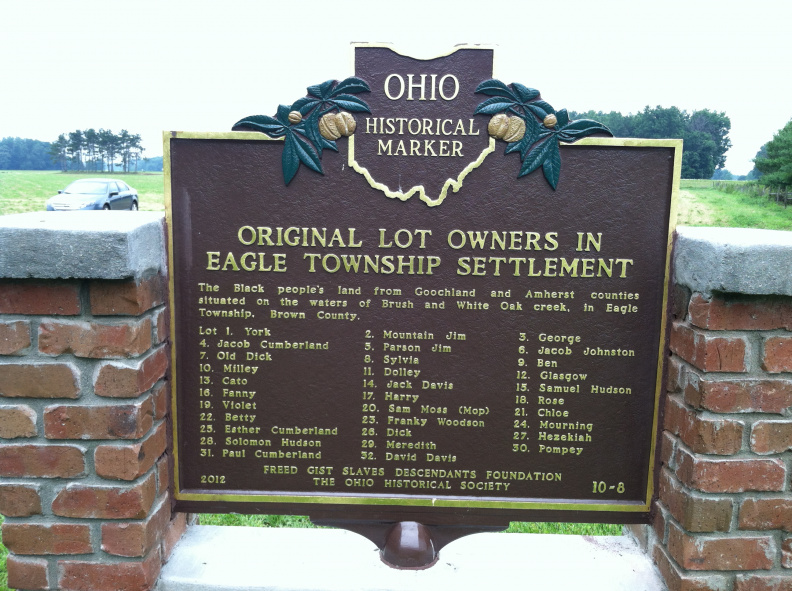
Sources
1 - Dulberger, Judith. (1996). National Park Service. John Rankin House - National Historic Landmark Nomination. Retrieved November 5, 2020, from https://npgallery.nps.gov/pdfhost/docs/NHLS/Text/70000485.pdf
2 - Samuel Gist—Ohio History Central. (n.d.). Ohio History Central. Retrieved November 6, 2020, from https://ohiohistorycentral.org/w/Samuel_Gist
3 - Too Small for the Mapmaker: Life in the Gist Settlement. Ohio History Central. Retrieved November 13, 2020, from http://ohiohistory.org/learn/collections/history/history-blog/2017/April-2017/gist-settlement
4 - Powell, C. A., Kavanaugh, B. T., & Christy, D. (1916). Transplanting Free Negroes to Ohio from 1815 to 1858. The Journal of Negro History, 1(3), 302–317.https://doi.org/10.2307/3035625
5 - Brown County / 10-8 Gist Settlement | Remarkable Ohio. Ohio History Connection. Retrieved November 13, 2020, from https://remarkableohio.org/index.php?/category/90
National Park Service. Network to Freedom Underground Railroad Locations. Retrieved October 27, 2020, from https://nps.maps.arcgis.com/apps/webappviewer/index.html?id=6ae641046056452c8e20d72f9c3bcbd9
William, S. (1872). The Underground Railroad., Rev. Ed. Retrieved October 27, 2020, from https://www.gutenberg.org/files/15263/15263-h/15263-h.htm#frontis
Donovan Byler